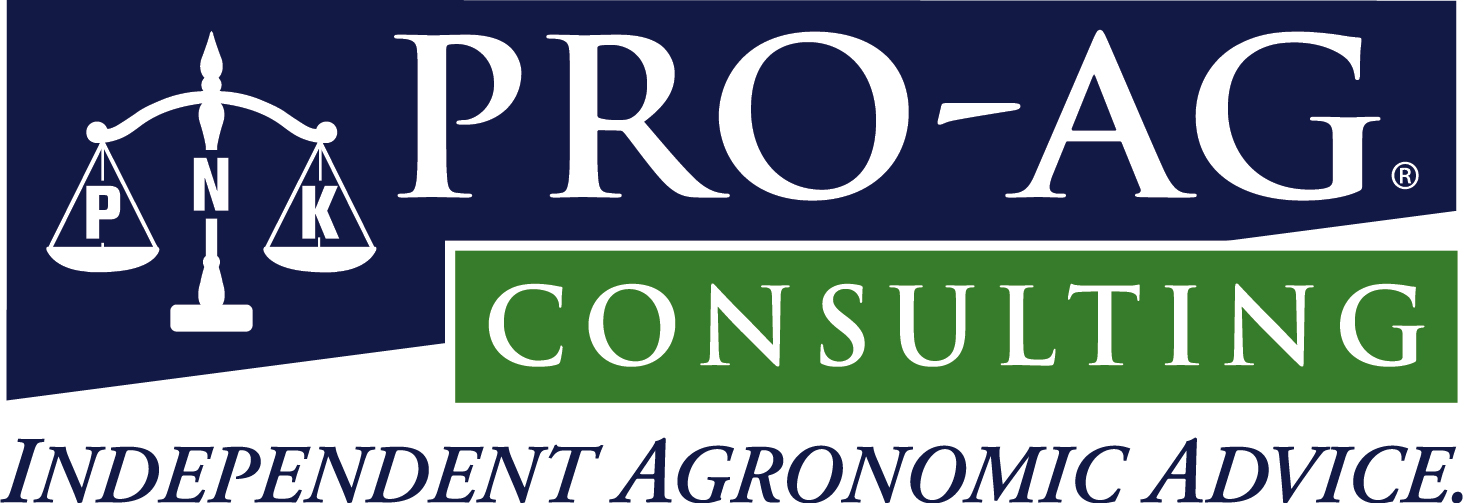When setting 2012 cash rents, there are two sets of information that have been recently released that many will find useful. First, the National Agricultural Statistical Service (NASS) released average 2011 cash rent levels by county. Second, the Illinois Society of Professional Farm Managers and Rural Appraisers (ISPFMRA) released average 2011 cash rents and 2012 projected cash rents for different land productivity classes.
NASS 2011 County Rents
Since 2008, NASS has tabulated average cash rents by county from survey data. The availability of 2011 cash rent results were annunced on September 9th in a press release. Rents from that press release are shown in Figure 1. The highest rents are located in central Illinois, with Macon County having the highest cash rent of $260 per acre. Many counties in northern and central Illinois have rents above $200 per acre. Lower cash rents are located in southern Illinois, with the lowest cash rent of $74 per acre occurring in Williamson County.
In most cases, the 2011 cash rents shown in Figure 1 are higher than 2010 cash rents. Overall, the state average cash rent was $169 per acre in 2010. The 2011 cash rent was $183 per acre, an increase of $14 per acre over 2012 levels. A complete list of 2009, 2010, and 2011 cash rents by county is available here in the management section of farmdoc.
ISPFMRA 2011 and Projected 2012 Rents
The ISPFMRA conducts a mid-year survey in which it asks its members for current year cash rent levels and projected cash rent levels for the upcoming year. Responses are obtained for four different land productivity classes: Excellent farmland yielding over 190 bushels per acre, good productivity farmland yielding between 170 and 190 bushels per acre, average productivity farmland yields 150 to 170 bushels per acre, and poor productivity farmland yielding less than 150 bushels of corn per acre.
ISPFMRA members expect 2012 rents to average higher than 2011 rents (see Table 1). According to survey responses, excellent productivity farmland has a $329 average cash rent for 2011 and 2012 rents are projected to increase $38 to $367 per acre (see Table 1). Good quality farmland has a $285 per acre average in 2011 and 2012 rents are projected to increase $26 per acre to $321 per acre. Average quality farmland has a $241 per acre cash rent in 2011 and 2012 rents are projected to increase to $269 per acre. Poor productivity farmland has a $190 per acre cash rent in 2011 and 2012 cash rents are projected to increase by $24 per acre to $214 per acre. Complete survey responses are available from the ISPFMRA web site in the land values section here.
Comparison of NASS and ISPFMRA Cash Rents
Rents reported by NASS and ISPFMRA are not directly comparable as NASS gives averages by county and ISPFMRA gives by farmland productivity class. Overall, ISPFMRA rents appear higher than NASS rents. This occurs because of the audience surveyed. NASS conducts surveys to get average rents across a county. On the other hand, the ISPFMRA surveys professional managers, thereby getting averages for professionally managed farmland. Generally, professionally managed farmland will have higher cash rents than farmland not professionally managed.
Limitations of Averages
Both NASS and ISPFMRA report averages. Rents vary considerably around those averages. In central Illinois, some rents will be more than $100 lower and $100 higher than the average. Farmland productivity will influence rents, with lower productivity farmland having lower rents and vice versa. In addition, desires of the landlord will influence rents. More needs to be known about the farm and landlord-tenant relationship before an average can be applied to a particular parcel.
2012 Rents
Evidence suggests that average cash rents will be higher in 2012. At the time of this writing, futures markets are suggesting corn prices in the high $5 per bushel range and soybean prices around $13 per bushel range. Price expectations in this range will not lead to lower cash rents. This is confirmed by the ISPFMRA which is indicating 2012 rents above 2011 levels.
Increasing average rents does not imply that rents should increase for every parcel of farmland. Many rents may already be at appropriate levels, particularly if rents were above the averages in 2012. Moreover, rent increases may be more muted in the central part of the state, where 2011 yields are significantly below average.
It would appear that cash rent levels are moving to levels that are anticipating corn prices above $5 per bushel. This could work in 2012 if corn and soybean prices remain at high levels. At some point in the future, corn and soybean prices will decline. It is reasonable to expect corn prices to average in the $4 to $4.50 range over time, implying that corn prices below $4 per bushel will occur sometime in the future. When commodity prices decline, cash rents likely will have to adjust downward.
Issued by Gary Schnitkey
Department of Agricultural and Consumer Economics
University of Illinois


